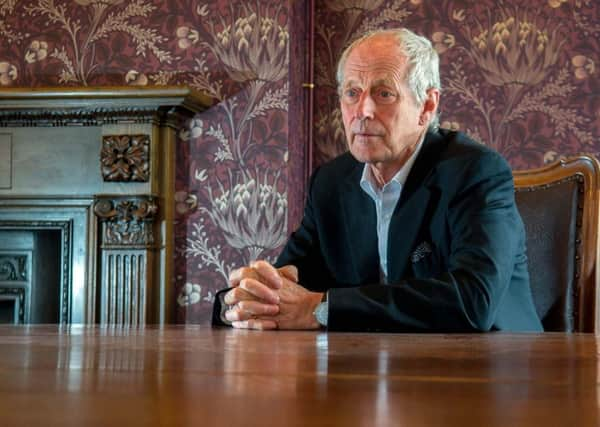YP Comment: Yorkshire's success stories can push the case for devolution


But a pertinent new point has been made by the chairman of the West Yorkshire Combined Authority Peter Box ahead of his departure from the role after a three-year tenure; too many people are simply unaware of the important partnership working that is already taking place in the county.
The Wakefield Council leader states the combined authority, which as its name suggests, includes public sector partners from Bradford, Calderdale, Kirklees, Leeds and Wakefield, as well as York, needs to do more to inform the public about its important work, which has included major investment in transport infrastructure.
Advertisement
Hide AdAdvertisement
Hide AdHe cites a planned relief road for Wakefield which will support the creation of thousands of new jobs and homes as a perfect example of a scheme that has been funded with the authority’s help but where most residents have no idea of its involvement.
The authority has an annual budget of more than £300m and is investing in a £1bn transport fund, but as Councillor Box puts it, “one of the things about Yorkshire is that we can be self-deprecating, we don’t shout about how good we are”.
This is precisely what needs to change; not only to showcase the work of the authority but also to help make the case for a devolution deal even more compelling. If politicians can clearly demonstrate to the public and the Government how those in the county already work together to achieve positive results, it should also help to focus minds locally on ending the impasse over which districts should join together to strike deals.
Achieve that and the case for a devolution deal to be delivered as soon as possible will become even more inarguable.
No olive branch as Sheffield tree row heads to court
Advertisement
Hide AdAdvertisement
Hide AdThe ongoing saga surrounding tree-felling in Sheffield will enter its latest chapter in Leeds today as a three-day court case with potential national ramifications for local democracy begins.
Sheffield Council is taking legal action against eight campaigners, including one of its own councillors, in a bid to prevent them from participating in future protests against the removal of trees from the city’s streets.
If the injunctions are granted, those involved would be barred from “direct action” and could be chased for damages or even face the prospect of jail should they disobey. The council claims such draconian action is a last resort after months of disruption to the felling programme, with protesters’ tactics including standing directly under trees scheduled for removal.
Thousands of trees are being removed as part of a 25-year £2bn highway maintenance programme based on a controversial PFI contract signed with contractor Amey in 2012.
Advertisement
Hide AdAdvertisement
Hide AdWhile the council insist only trees that are dead, dying, diseased or dangerous are being removed and then replaced, protesters argue with equal conviction that many do not need to be chopped down and the work is being carried out as a cost-cutting exercise.
The seemingly-intractable situation has already resulted in numerous arrests, including of pensioners, with cases subsequently dropped by the CPS. The outcome of this latest court battle may well set a precedent for how councils deal with those who protest against their policies and as such, is one we should all watch with interest and concern.
Art of popularity
While the honour of creating the nation’s favourite artwork has been bestowed upon mysterious Bristolian graffiti artist Banksy, it is heartening to see the influence Yorkshire has had on Britain’s creative tastes.
A new poll has included work by both Bradford’s David Hockney and Castleford’s Henry Moore in the country’s 20 most-loved pieces of art. Hockney’s A Bigger Splash piece created in 1967 and depicting a Californian swimming pool features, as did Moore’s Reclining Figure sculpture, which was made in 1951.
Advertisement
Hide AdAdvertisement
Hide AdThe list is undeniably eclectic, featuring everything from Pink Floyd and Beatles’ album covers to John Constable’s The Hay Wain and Antony Gormley’s The Angel of the North statue. It is headed by Banksy’s 2002 Balloon Girl, which was daubed on to the wall of a London shop.
The list’s publication is certain to ignite debate but showcases the great depth and breadth of artwork we are fortunate enough to enjoy in this country.